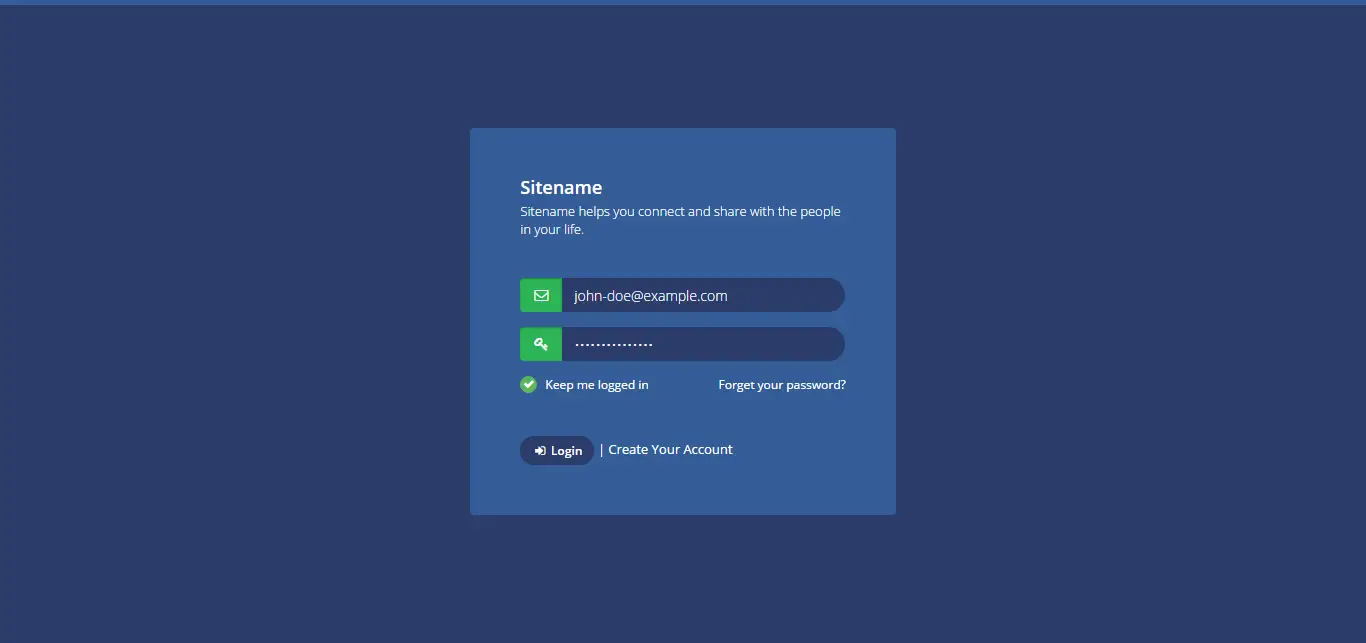How to fix 'Authorization in ASP.NET Core' with 401 Unauthorized
By Tan Lee Published on Jun 10, 2024 2.45K
Fixing authorization issues in ASP.NET Core throw 401 exception c# can involve several steps.
core.unauthorized-error 401 unauthorized jwt
First, make sure that you have properly configured authentication middleware in your Startup.cs file. This typically involves adding authentication services in the ConfigureServices method and setting up authentication middleware in the Configure method.
// ConfigureServices method
services.AddAuthentication(options =>
{
options.DefaultAuthenticateScheme = JwtBearerDefaults.AuthenticationScheme;
options.DefaultChallengeScheme = JwtBearerDefaults.AuthenticationScheme;
}).AddJwtBearer(options =>
{
options.TokenValidationParameters = new TokenValidationParameters
{
ValidateIssuer = true,
ValidateAudience = true,
ValidateLifetime = true,
ValidateIssuerSigningKey = true,
ValidIssuer = Configuration["Jwt:Issuer"],
ValidAudience = Configuration["Jwt:Issuer"],
IssuerSigningKey = new SymmetricSecurityKey(Encoding.UTF8.GetBytes(Configuration["Jwt:Key"]))
};
});
// Configure method
app.UseAuthentication();
app.UseAuthorization();
You should configure your middleware must be in the correct order for the ASP.NET Framework properly inject the identity context to http request in the StartUp.Configure as shown below.
app.UseRouting(); app.UseAuthentication(); app.UseAuthorization();
Ensure that your controllers or actions are decorated with the appropriate authorization attributes, such as [Authorize] or [AllowAnonymous], depending on your requirements.
[Authorize]
public class MyController : ControllerBase
{
// Your actions
}If your API is accessed from a different origin, ensure that CORS (Cross-Origin Resource Sharing) is configured correctly to allow requests from the client application's domain.
I hope so you can fix 'ASP.NET Core JWT authentication always throwing 401 unauthorized' when sending request from postman.
Bearer eyJhbGciOiJIUzI1NiIsInR5cCI6IkpXVCJ9...
- Implement security headers for an ASP.NET Core
- How to add security headers to an ASP.NET Core Application
- How to Initialize TagHelpers in ASP.NET Core with Shared Data
- Boost Your ASP.NET Core Website Performance with .NET Profiler
- The name 'Session' does not exist in the current context
- Implementing Two-Factor Authentication with Google Authenticator in ASP.NET Core
- How to securely reverse-proxy ASP.NET Core
- How to Retrieve Client IP in ASP.NET Core Behind a Reverse Proxy





